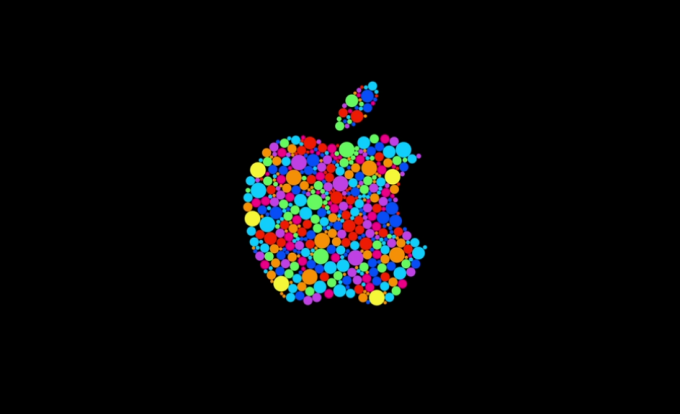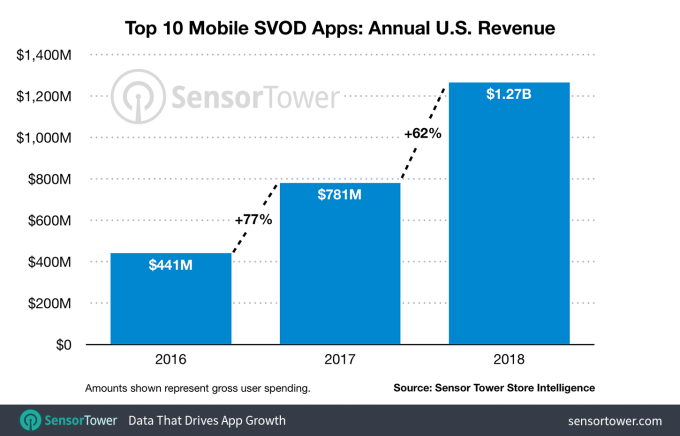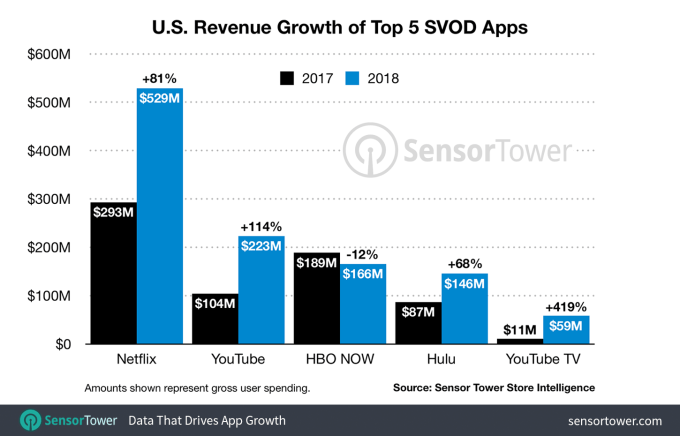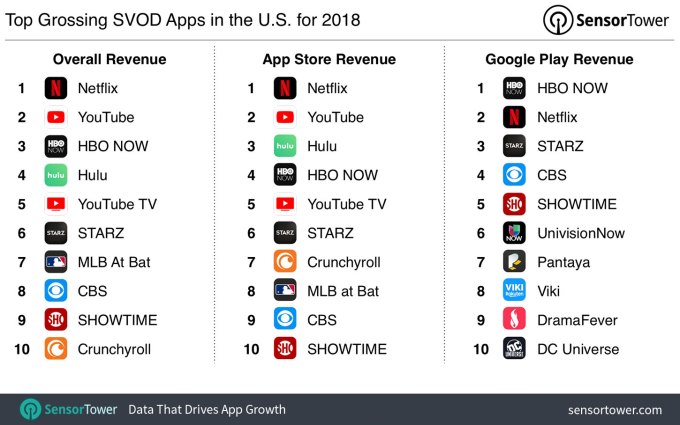No one likes to think about death (least of all startup founders), but wills, trusts and estate planning are crucial for ensuring that your material assets get passed to whatever people or organizations you care about. Yet, few processes are more paper-driven than the legal process of getting your affairs in order.
Finally, the estate planning industry itself is getting its digital affairs in order. San Diego-based Trust & Will, a startup that guides users through the process of creating legal guardians, wills and trusts, partnered with Boston-based Notarize to execute the first digital will for Cory McCormick, a police officer in Nevada. Nevada is the only state today that allows for digital wills, although the legal community is increasingly exploring whether computers are here to stay.
Trust & Will also announced that they have closed on a combined $2 million in funding led by Revolution’s Rise of the Rest seed fund, which includes $500,000 in pre-seed from TechStars and others. The startup was founded by Cody Bardo along with Daniel Goldstein and Brian Lamb.
From a product perspective, estate planning faces the same challenges as most consumer-oriented fintech startups: there is an incredibly high cost to acquire customers. Plus, unlike credit cards or budgeting, most of us aren’t thinking about how we are going to die every single day, and so the company has to reach users at precisely the moment they are starting to think about planning their estates.
What Bardo and his team have learned over time is that new mothers are one of the key demographics for their business. One of the big challenges with having children is setting up legal guardian status for children, a legal process that, like wills, is almost exclusively based on paper. So Trust & Wills launched a new product called Guardian that allows parents to get that paperwork in order for $39.
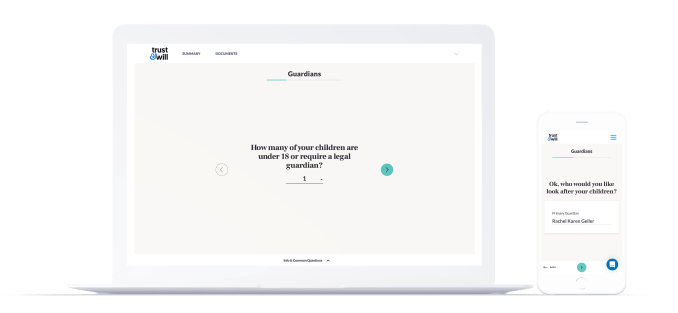
Trust & Will’s Guardian product asks single questions to make it easy for users to choose the options they’re most comfortable with.
The goal is that by drawing parents into thinking about legal guardianship, a broader conversation about estate planning and inheritance can take place.
While estate planning has certainly seen its share of startups over the past few years including companies like Willing, Bardo’s vision for the future is competing with traditional trust asset management behemoths like State Street and Northern Trust. “We are trying to take market share by targeting digital-first customers,” Bardo said, “We can transition and evolve into a modern trust banking platform.”
In trust management and banking, fees are taken on the assets under management, rather than straight fees for services. Trust & Will believes that with all digital processes and a renewed focus on fees, it can offer a much better product with significantly lower fees than incumbents.
I talked a bit about a bankruptcy non-profit startup last week. The lesson from all of this is that there remains huge swaths of the economy that don’t have well-designed products, or aren’t even digital in the first place.
In addition to Rise of the Rest’s seed fund and TechStars, Trust & Will was funded by Western Technology Investment, Haolgen Ventures, Luma Launch, and angels.
Share your feedback on your startup’s attorney
My colleague Eric Eldon and I are reaching out to startup founders and execs about their experiences with their attorneys. Our goal is to identify the leading lights of the industry and help spark discussions around best practices. If you have an attorney you thought did a fantastic job for your startup, let us know using this short Google Forms survey and also spread the word. We will share the results and more in the coming weeks.
Stray Thoughts (aka, what I am reading)
Short summaries and analysis of important news stories
Palantir CEO lashes out over Silicon Valley’s anti-defense stance
Alex Karp, the long-time CEO of Palantir, condemned anti-defense tech employees on CNBC. He’s referring to the protests over projects like Google’s Pentagon contract which have withered under sustained protest from Bay Area opponents of the defense industry. Palantir obviously gets huge dollars from defense budgets, and so this isn’t surprising, but it is interesting how Karp frames the debate: “That is a loser position. It is not intelligible. It is not intelligible to the average person. It’s academically not sustainable. And I am very happy we’re not on that side of the debate.”
Meanwhile in Wired, David Samuels argues that Big Tech = Big Brother and the right to privacy is dying quickly as big data merges with the national security apparatus. That’s probably a world that suits Palantir just fine.
Tencent gets to publish a video game while Microsoft can’t get people to Bing
China has cracked down on Microsoft, blocking access to Bing. Despite the hardi-har-har of the announcement (did anyone notice that Bing was unavailable?), the reality is that even a relatively unpopular search engine is no longer safe from Beijing’s censors. Meanwhile, after months of delays in video game licenses, China’s administration has approved two new video games from Tencent. Tencent stock has been hammered over the freeze, and this bit of thaw may push the stock into more positive territory.
Google fights hackers
Not surprising for sure, but the Wall Street Journal has an interesting profile of an elite unit within Google that works to fight off hackers targeting its systems. From the article: “The 27-person team tracks more than 200 hacker groups that pose a threat to Google and its users, analyzing hacking techniques and clues to the groups’ identities to head off attacks.” At Google scale, this makes absolute sense, but how do early-stage startups protect their systems from advanced persistent threats? That to me remains a very important open question in cybersecurity.
What’s next & obsessions
- Arman and I are still focused on societal resilience startups. Send us your ideas and thoughts.



